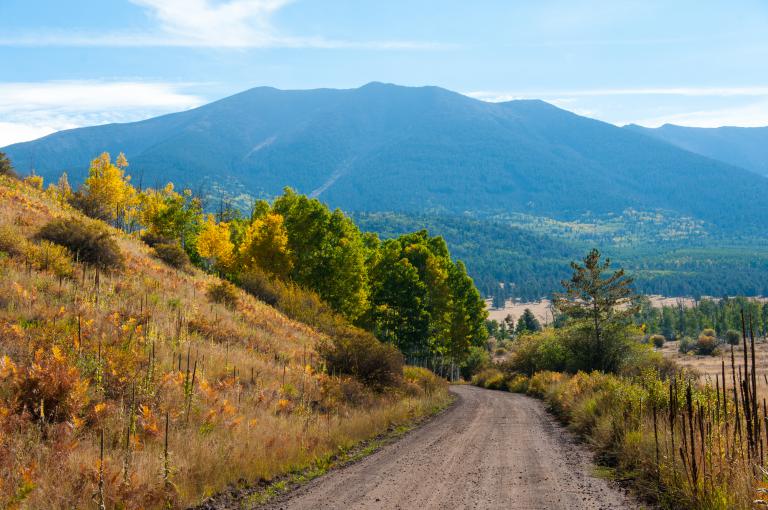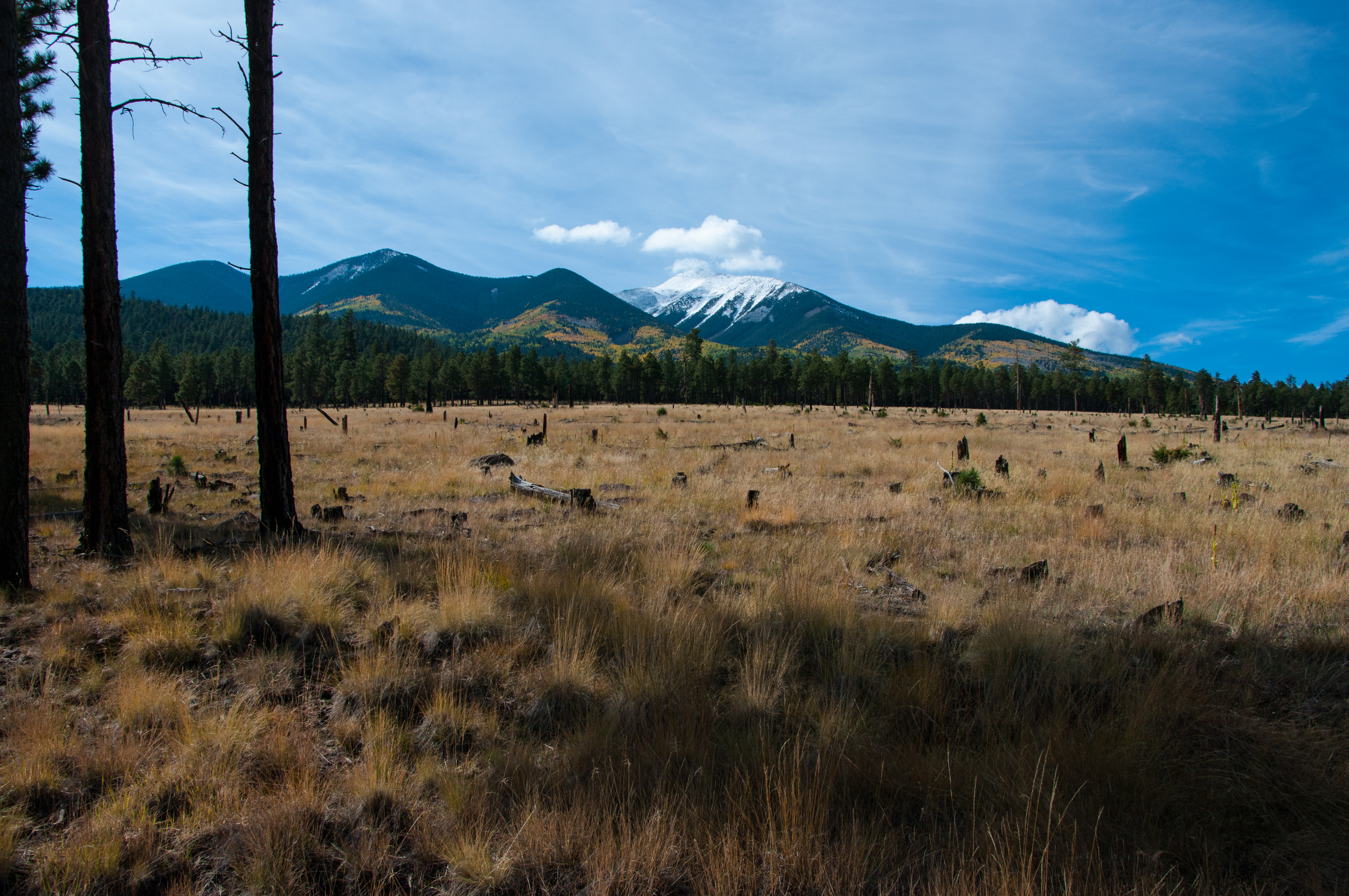Massive Public Lands Bill Becomes Law
- The following is the opinion and analysis of the writer.
- Use of this article or any portions thereof requires written permission of the author.
The Natural Resources Management Act (NRMA) is officially law after being signed by President Trump on March 12, 2019. The measure passed both chambers of Congress with overwhelming bipartisan support, 363-62 in the House and 92-8 in the Senate. The NMRA combines over 100 separate bills and gives something to every state, which made it easy for the bill to garner support from all political parties.
The NRMA designates 1.34 million acres of new wilderness, 367 miles of new scenic rivers, and 2,600 miles of new national trails. The wilderness designation for millions of acres is the highest protection offered – it prohibits roads and motorized vehicles, which is a big win for conservationists. The NRMA also creates four national monuments and expands three national parks. Additionally, the bill withdraws 370,000 acres around National Parks in Montana and Washington state from mineral development.
One of the biggest provisions in the NMRA is permanently reauthorizing the Land and Water Conservation Fund (LWCF). The LWCF was established in 1964 as a way to conserve public lands and water without taxpayer money. The LWCF uses federal royalties from oil and gas drilling to conserve other resources, through protecting national parks, national forests, and national wildlife refuges from development, and by providing matching grants for state and local parks and recreation projects. The Congressional Budget Office estimates that permanently reauthorizing the LWCF will increase government revenues by $9 million over a decade. Before the NRMA, Congress would reauthorize the LWCF every few years, but in September 2018, the program expired without reauthorization. While the NRMA makes the LWCF permanent, it does not make spending the revenue earned mandatory. Over the last five decades, less than half of the $40 billion that has collected into the fund has been spent by Congress on conservation efforts. Conservationists wanted mandatory spending of the money in the fund, but recognize that permanent reauthorization is a big step in the right direction for their cause.
The NRMA was able to gather strong bipartisan support because it serves multiple constituencies. The LWCF met the needs of conservationists, but the NMRA also has provisions for hunters and those wary of restrictions tied to federal public landholdings. Under the NRMA, all federal lands will be open for hunting unless they are otherwise designated off limits. There will be an evaluation of all lands that are currently labelled off limits to see if that is the right determination. Additionally, a huge chunk of this massive bill is land conveyances from the federal government to local governments, usually in exchange for some other parcel of land. This represents a compromise that was able to win over groups on both sides. It restricts development in certain areas in order to allow for new development elsewhere.
Other provisions of note within the bill include the reauthorization of the Neotropical Migratory Bird Conservation Act through 2022, and the codification of President Obama’s Every Kid Outdoors initiative, which allows fourth-graders and their families to visit national parks for free.

Arizona Specific Provisions
The NMRA is over 600 pages long because it is many smaller bills all wrapped up into one. Here are some Arizona specific provisions within the NMRA:
Land Exchanges and Conveyances
- Udall Park Land Exchange: The federal government is giving its reversionary interest it has in the 172.8 acres of Udall Park to the City of Tucson. Unencumbering the title will allow for economic development.
- Pascua Yaqui Tribal Land Conveyance: The federal government will accept 39.65 acres of land in trust for the benefit of the tribe. Within the same provision, the federal government will also allow Tucson Unified School District to purchase a 13.24 acre-tract of land, and a 37.5 acre-tract of land under the Recreation and Public Purposes Act.
- La Paz County Land Conveyance: 5,935 acres of land that are currently managed by the BLM will be available for purchase by La Paz County. The federal government is reserving the right to land that contains significant cultural, environmental, wildlife, or recreational resources.
- Black Mountain Range and Bullhead City Land Exchange: In 2020, Bullhead City will have the option to exchange 1,100 acres of land it currently owns with 345.2 acres of land held by the federal government. The value of the land exchanged will be equal.
- Cottonwood Land Exchange: Yavapai county has the option to exchange 369 acres of land that it currently manages for 80 acres that the federal government owns within the Coconino National Forest.
- Embry-Riddle Tri-City Land Exchange: The federal government will convey the reversionary interest of the land underlying Embry-Riddle Aeronautical University to Yavapai County.
- Coronado National Forest Land Conveyance: Three separate parcels of land (1.1, 4.5, and 3.9 acres) within the National Forest System will be made available for sale to current permitees of these parcels.
Tribal Uses and Interest
- In accordance with the American Indian Religious Freedom Act, if a tribe or Indian religious community requests it, the Secretary of the Interior must close to the general public use any portion of the area designated as a national monument, special management area, wild and scenic river, area of critical environmental concern, or National Park System unit under the Act to protect the privacy of traditional cultural and religious activities in the designated area by members of the Indian Tribe or Indian religious community.
- The federal government will make a Tribal Cultural Resources Management Plan to identify, protect, and conserve cultural resources of Indian tribes associated with the Xam Kwatchan Trail network extending from Avikwaame (Spirit Mountain, Nevada) to Avikwlal (Pilot Knob, California).
- The Colorado River Indian Tribe are among the tribes that will be consulted in the creation of the Management Plan
National Heritage Area Designations
- The Santa Cruz Valley, made up of land in Santa Cruz and Pima Counties, will be declared a National Heritage Area. National Heritage Areas (NHAs) are designated by Congress as places where natural, cultural, and historic resources combine to form a nationally important landscape. NHA entities use public-private partnerships to determine how to best make heritage relevant to meet the interests and needs of the community. Local officials are in charge of determining how to best present the heritage of the area, and there are no automatic restrictions put in place that determine how the land can be used.


